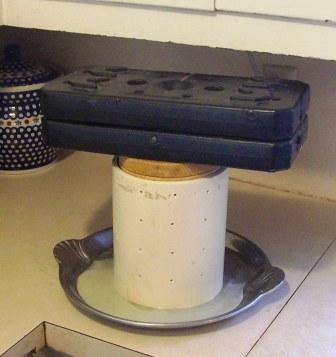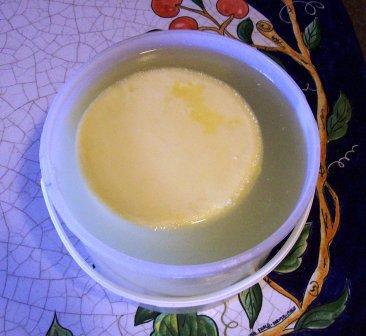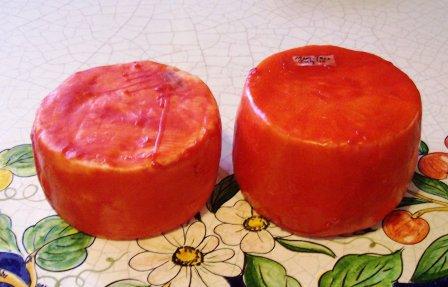Swiss Cheese
With Buttercup having freshened ( when a cow gives birth and her milk comes in) she is now giving 8 gallons of milk per day. In addition to drinking it, making ice cream and butter, I have been making cheese daily. This is a good thing, as we had almost depleted our supply. Last year, we made several different types of cheese including mozzarella, cheddar, Monterey jack, pepper jack, Parmesan and Swiss cheese.
The Cheese Making Process
The basic process of making different types of hard cheese is the same: heat the milk, add culture, rest, add rennin, rest, cut the curd, rest, heat to varying temperatures, drain the whey off, press the cheese with varying pounds of pressure, remove from press, dry, wax and age. You can see cheese making is easy with so many rest periods!
Swiss Cheese
8 Gallons of milk daily = cheese! So, I have been on a Swiss cheese kick this week and have made several 4 gallon and a couple of 6 gallon batches. I also have done a batch of Monterey jack cheese. The difference between the two recipes is the length of time the curd are heated and cooked, as well as, the treatment of them after coming out of the cheese press. Below you can see my cheese press and this particular cheese has 20 lbs of pressure on it. The liquid in the dish is the whey that is pressed out of the curds. Remember Little Miss Muffet? In the winter, whey makes a wonderful soup stock. Since it is a bit hot for soup, I pour it off and it is given to Buttercup – she loves it!
Pressing the Cheese

The Salt Brine
Once removed from the press, the Swiss is placed in a brine solution for 24 hrs in the refrigerator. I make the brine by adding non-iodized table salt to water until it no longer dissolves.

Drying the Cheese
My problem now is that I am running out of room to air dry the cheese. Swiss cheese must be left out to dry for 2 -3 weeks. During these weeks, the cheese must be daily wiped with brine. The top of our fridge has 4 rounds drying on it, today’s batch is in the press and yesterday’s batch is soaking in the brine in the fridge. The cheese cloth covering it prevents flies from landing and doing whatever they do on it!

Storing the Swiss Cheese
Finally, after the 2 -3 weeks, the Swiss cheese is waxed and aged in the fridge for 6 mths (if we are patient enough). The rounds of cheese pictured below are Monterey jack. This was removed from the press, dried for a couple of days, waxed and then left to age for 2 – 4 months. The round on the left is a 4 gallon batch and the right is a 6 gallon batch.

I am looking forward to the first cool days when we can make fondue again without turning on the A/C!

I have always wanted to try cheese making, but I never thought about the aging and drying process and how much room it would take.
WoW i envy everything u do 🙂 I have been following ur blog for a few months now and am just amazed as to what you and your family do and have done 🙂 This cheese looks delish! My husband would totally agree to buying a cow seeing all this wonderful cheese!
The cheese looks delicious! I wish I was able to make it.
I’ll bet it tastes WAY better than store bought!